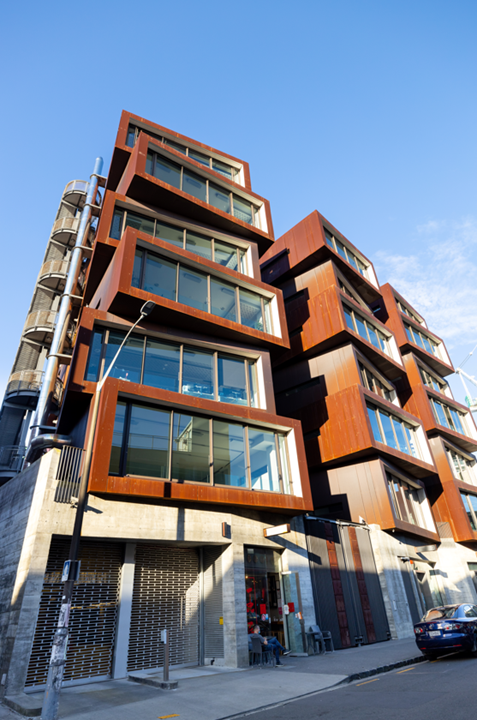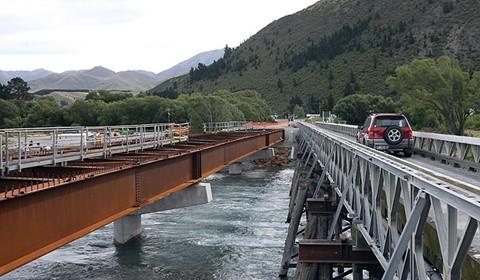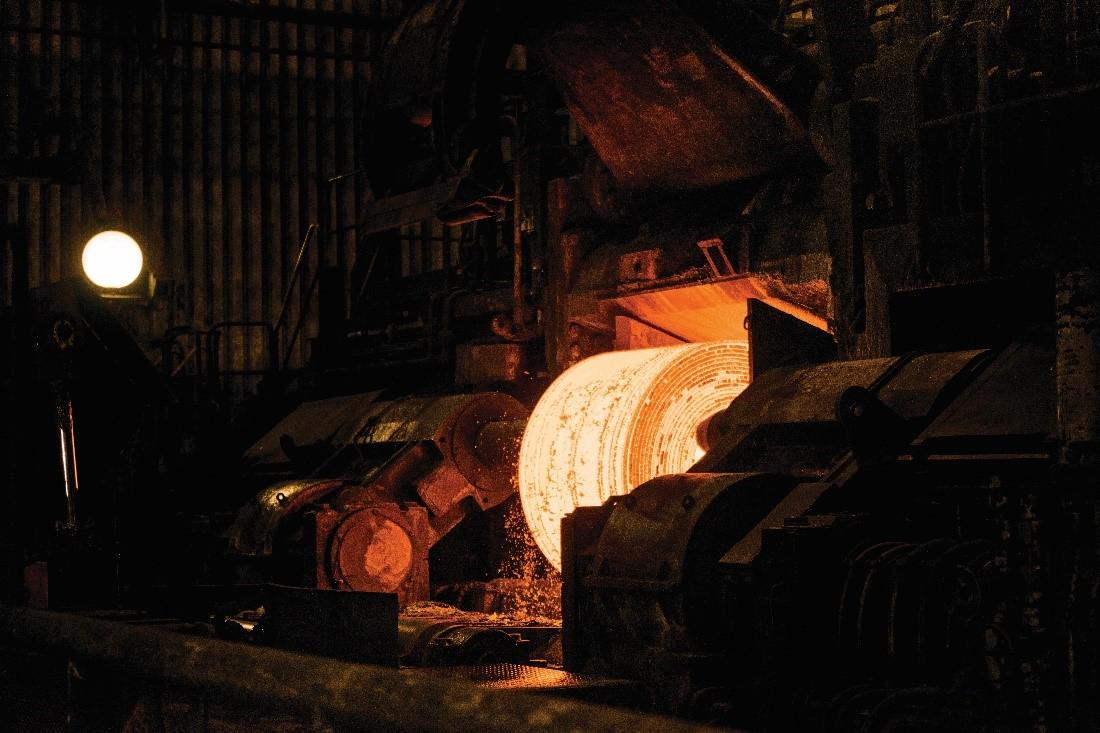Steeling Ourselves for a Sustainable Future
Known for its strength and durability, steel is one of the world’s most important construction materials. It has a key role to play in our ‘circular economy’ and transition to a low carbon built future. WSP Technical Principal Materials & Corrosion Raed El Sarraf and Technical Principal Sustainability & Resilience Rowan Dixon explain.
NEW ZEALAND, August 24, 2022 /3BL Media/ - Next time you’re walking around town, look about. Odds are the structures you see are supported by hundreds, if not thousands, of tonnes of steel. First produced by humans almost 4,000 years ago, steel is the backbone of our civilisation - used in everything from buildings and bridges to wind turbines and telecommunications towers.
Fuelled by a growing population and rapid urbanisation, economic forecasts are for elevated levels of global construction this decade1. Steel will continue to be a go-to material.
Reusable and durable
Steel is one of the world's most-recycled materials2. In Aotearoa New Zealand, 85% of buildings and construction steel waste is recycled3 - making it an important part of the circular economy, where materials are reused, repaired, refurbished, and recycled for as long as possible.
Despite these statistics, shifting from a take, make and dispose model to a process that involves the reuse of steel materials still poses a challenge. There’s a throwaway culture in many design practices - the idea that at 50 years a building should be demolished and replaced with a new one.
We have a good understanding of the corrosion mechanisms of our main construction materials and can take the lessons learnt, especially relating to repurposing and reuse, to design new buildings that will last 100 years, and even design 200+ year bridges. Great examples of long-lasting steel structures can be seen in Auckland’s Ironbank Building and Waitaki’s eye-catching twin bridges.
Going beyond the wrecking ball mentality is the way of the future. One example is the recent repurposing of the old council building in central Auckland4 that was converted into apartments. Technically speaking, it should have been demolished. But the designer was able to demonstrate that the steel was in good shape and a new life was possible for that building.
New Zealand's Heavy Engineering Research Association (HERA) is developing a 'Materials Passport,' which focuses on how steel components can be reused. When required, a steel framed structure can be dismantled - by simply unbolting and reusing the steel members elsewhere.
Reusing is an environmentally sound and adaptable low-carbon solution – plus, reused steel is cheaper than new steel. No wrecking ball required!
With initiatives like these, the hope is to one day update the NZ Building Code to give engineers the tools to design versatile longer life and adaptable steel structures that have lower 'whole of life' costs and are constructed within carbon limits.
Working with Standards New Zealand (SNZ), HERA and Steel Construction New Zealand we have already developed a new technical specification (SNZ TS 3404) that provides engineers with guidance to design durable steel structures that will go the distance.
Taking a hybrid approach
For designers, there are pros and cons to each construction material, whether timber, steel, or concrete. Structurally, while steel is heavier than timber it has a higher strength to weight ratio - allowing for longer bridges and taller buildings. Both are seismically flexible when compared to concrete, but concrete’s ability to resist compression loads is best.
Unfortunately, the conversation in the construction industry is dominated by which singular material is best. We need to go beyond that to ‘choosing the right materials for the job.’
There's an opportunity for the use of hybrid steel-timber in high-rise buildings that combines, for example, the strength of an efficient steel frame with the lower carbon embodiment of timber walls and floors - as demonstrated by the University of Auckland’s University Hall building5. A low-rise example can be found in Scion’s award-winning new Te Whare Nui o Tuteata6 which uses structural steel plates in a timber building.
Counting carbon
Manufacturing structural steel has traditionally been a high carbon activity. But recent exciting developments out of Sweden have demonstrated a zero-carbon steel prototype manufacturing process using a combination of hydrogen and electricity7.
Zero-carbon steel isn’t yet commercially available. But in the meantime, HERA is launching a steel product carbon offset program8, which has been developed to provide robust carbon offsetting for steel products in New Zealand.
With all structures having a carbon footprint, a challenge faced by the construction industry is the range of assumptions used in carbon and life-cycle calculations that compare material options and designs - including for steel. Currently there are several calculators, each with assumptions and data references that tell a different story.
Working with colleagues in Sweden and the UK, WSP NZ is talking with government agencies about the development of an agreed set of assumptions and rules. Once we have that, we’ll have a better view on how best to make sure the carbon impact of steel in built structures is within carbon limits.
Meanwhile, there are some important things we can do when designing with steel to make sure structures have lower 'embodied' and operational carbon emissions - for instance, minimising onsite waste, increasing the opportunity to repurposing structures, reusing and recycle steel, and enhancing passive insulation in buildings.
You don’t always have to go big, just simply tweaking here and there contributes to reducing the embodied carbon of a structure. Individually, these changes may appear minuscule, but compound these and up to 50% carbon savings can be achieved.
No matter how you look at it, decarbonising our structures will remain a major challenge. But by harnessing innovations in the construction of our built environment, including with recycled and more sustainably manufactured steel, designers and engineers are well placed to deliver solutions that will drive down emissions and help lessen the impacts of climate change.
"You don’t always have to go big, just simply tweaking here and there contributes to reducing the embodied carbon of a structure. Individually, these changes may appear minuscule, but compound these and up to 50% carbon savings can be achieved."
Raed El Sarraf Technical Principal for Materials and Corrosion





